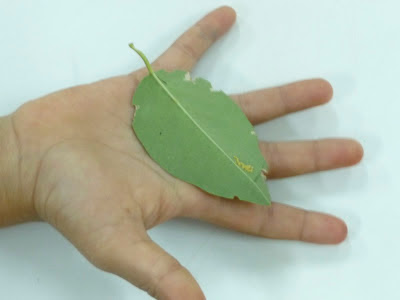Children’s names are the
most important words for them. So when you review the beginning sound of their
names they are usually very excited about it.
The last time we reviewed
the beginning sounds of our names I started by placing their letters in the
middle of the circle and they had to find their own.
Then we used seeds to glue
on the letters.
After the seeds dried the
students worked in small groups. I precut pictures of objects that had the same
beginning letter of their names and placed them all in the middle of the table.
The students had to first sort out the pictures and then glue them next to
their letter sound.
They shared their work in their
small group and then with the whole class and we decided to place them on a
bulleting board.
I thought the students would
not look at the work anymore but once in a while a student gets our “pointer”, (the
little blue hand you see in the picture) and they start looking at the seed
letters and name the pictures around it. That is realy gratifying to see.
I like to have them revisit
the board with varying approaches, for example I ask the children to say the
sounds of the letters as I point to them, then they say the word out loud. We spelled words like cat, mat, hat, fat, sat, can, fin, dad, Sam, ham,
mad, and a few more.
This will go in their
portfolios as a result of the enthusiasm the students showed towards their
work.




















































